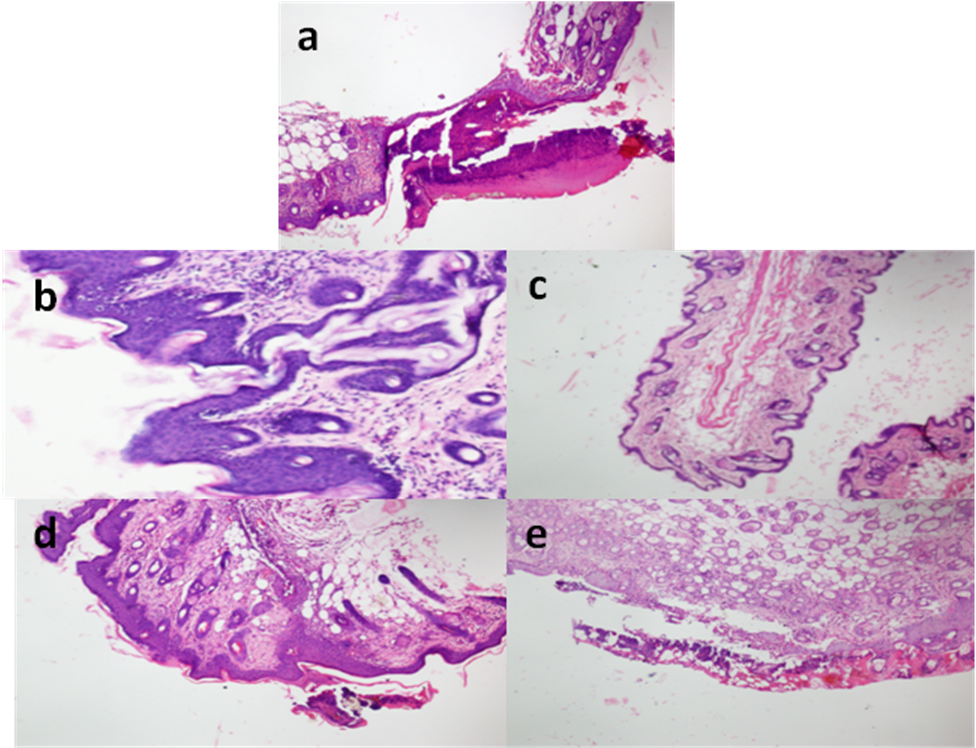Chemomodulatory Potential of n-Hexane Extract of Conyza bonariensis Against Skin Carcinogenesis in Mice Induced by Carcinogens: An in Vitro and in Vivo Study
DOI:
https://doi.org/10.55627/ppc.002.02.0139Keywords:
Conyza bonariensis;, Querecitin, Croton oil, Papillomas;, Skin carcinogenesis, n-hexane, DMBAAbstract
Conyza bonariensis (CB) is a cosmopolitan herb, family Asteraceae (Compositeae), commonly known as mrich booti or gulava previously used to cure cancer in traditional medicine. In the present study, n-hexane fraction by CB's triterpenoid constituents was assessed for their cytotoxic property using the human skin carcinoma cell line (SCC-13) and human peripheral blood mononuclear cells (PBMC). The chemo modulatory potential of CB n-hexane was evaluated against skin carcinogenesis in mice induced by (7-12-dimethylbenz(a)antheracene) DMBA and Croton oil. CB n-hexane extract was orally administered at the doses of 3, 6, and 9 mg/kg/day, and 9 mg/kg was also applied locally on mice skin for 16 weeks. The results from cell lines revealed that CB induces cytotoxicity against the SCC-13 cells (IC50=7.5 µM). It was found to be 4.05 times more selective in exerting cytotoxicity against SCC-13 than the PBMC (IC50=30.4 µM). The results from the mice model of skin carcinogenesis have shown that whole plant n-hexane extract administered via oral and topical routes, both reduced the number of precancerous skin papillomas and their incidence. At these concentrations, CB n-hexane also augmented the actions of catalase and superoxide dismutase, glutathione content and reduced the skin lipid peroxidation levels. These outcomes presented the cytotoxic and antioxidative effects of CB n-hexane whole plant extract and also authenticates the traditional assertions and strengthen the technical base of its chemopreventive activity.

Downloads
Published
Issue
Section
License
Copyright (c) 2022 Faiza Naseer, Hafiz Muhammad Imran Aziz, Amna Asghar, Waqas Qurshi, Rameesha Abid

This work is licensed under a Creative Commons Attribution 4.0 International License.








